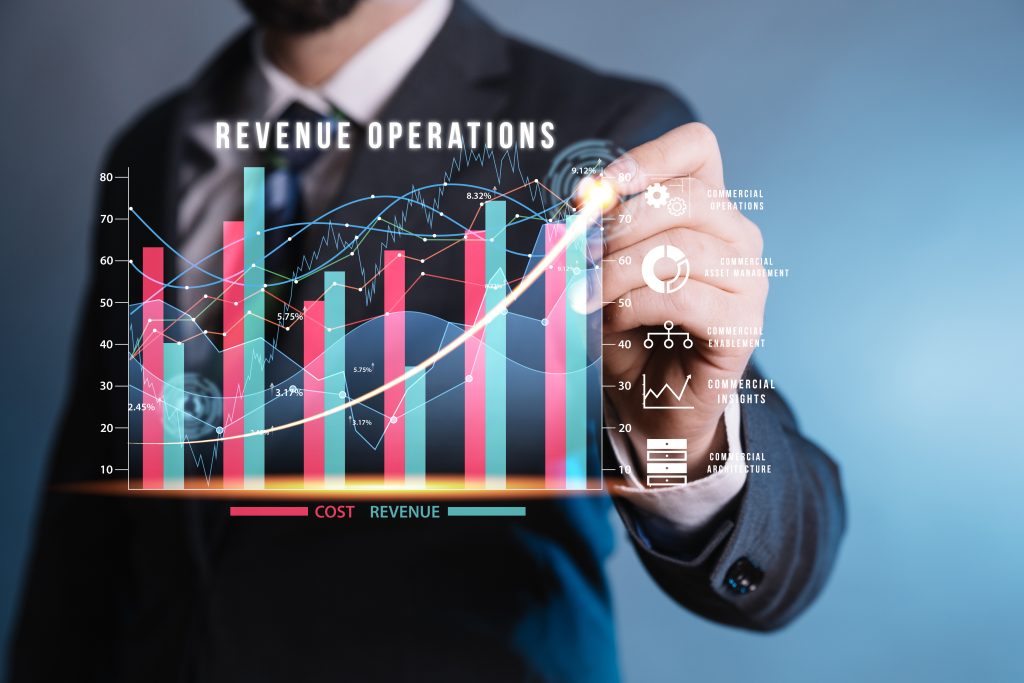In scientific research and experimental development (SR&ED) tax incentives, it’s crucial to comprehend the Canada Revenue Agency’s (CRA) policy outlined in the SR&ED During Production Runs Policy. This policy acts as a beacon, guiding businesses on which costs linked to experimental development within commercial facilities are eligible for SR&ED tax incentives. Here’s a breakdown of the essential information you need to know.
Key Principles of CRA’s SR&ED During Production Policy
- Purposeful Expenditure: SR&ED expenditures are allowable if incurred specifically for carrying out SR&ED activities.
- Incremental Costs: Expenditures must be incremental to the costs that would have been incurred in the absence of SR&ED activities.
- Reasonableness: SR&ED expenditures must be reasonable considering the circumstances.
Determining Allowable Expenditures
When assessing expenditures during production, the CRA considers various factors, including:
- Production Run Nature: Understanding the production run’s intricacies.
- Technical Risk: Evaluating the technical risk associated with SR&ED activities.
- Supporting Evidence: Providing evidence that expenditures are directly related to SR&ED activities.
- Expenditure Reasonableness: Ensuring expenditures are reasonable in the given circumstances.
Examples of Allowable and Non-Allowable Expenditures
Allowable SR&ED Expenditures During Production:
- Materials and Supplies: Cost of materials and supplies used in SR&ED activities.
- Labor Costs: Cost of labor directly engaged in SR&ED activities.
- Equipment Expenses: Cost of equipment used exclusively for SR&ED activities.
- Partial Overhead Costs: A portion of overhead costs associated with SR&ED activities.
Non-Allowable SR&ED Expenditures During Production:
- Commercial Production Supplies: Cost of materials and supplies used solely for commercial production.
- Commercial Labor Costs: Cost of labor directly engaged in commercial production.
- Commercial Equipment Expenses: Cost of equipment used exclusively for commercial production.
- Non-Attributable Overhead Costs: Overhead costs are not directly linked to SR&ED activities.
Conclusion: Seek Expert Guidance
If you find yourself uncertain about the eligibility of a specific expenditure as an SR&ED expenditure during production, it’s prudent to consult a qualified tax advisor. Their expertise can provide the clarity you need, ensuring compliance and maximizing your benefits under the SR&ED tax incentives.
